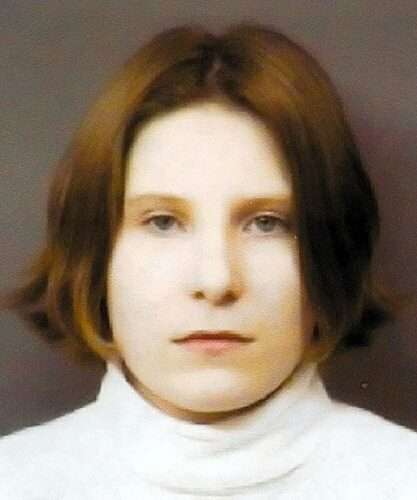Bethany McKee Teen Killer Murders 2 In Illinois
Bethany McKee was eighteen years old when she participated in a robbery that ended with two murders. According to court documents Bethany McKee, who was pregnant at the time, and three others – Joshua Miner, Adam Landerman and Alissa Massaro planned the robbery of the two men. In the end the two men were strangled … Read more




